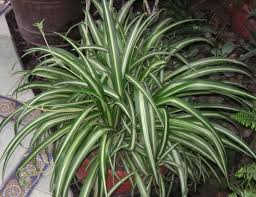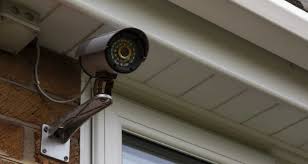Adding greenery to your home or apartment doesn’t just brighten the space—it also improves air quality, boosts mood, and adds a calming atmosphere. However, for pet owners, not all houseplants are created equal. Some of the most visually appealing plants can be toxic to cats and dogs if ingested. Fortunately, there are many beautiful, easy-to-care-for houseplants that are perfectly safe for both pets and people. Here are some of the most popular pet-safe options you can enjoy worry-free.
Spider Plant (Chlorophytum comosum)
The spider plant is a favorite for beginners thanks to its low maintenance needs and tolerance for various light conditions. With its long, arching green and white striped leaves, it adds a splash of life to shelves and hanging baskets. Best of all, it’s non-toxic to both cats and dogs. While some cats might be tempted to chew on the leaves, doing so typically doesn’t cause harm. Keep it in indirect sunlight and water it weekly for best results.
Areca Palm (Dypsis lutescens)
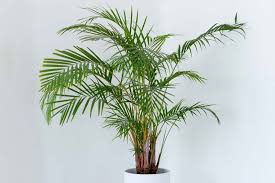
Also known as the butterfly palm, the areca palm brings a tropical feel to any living space. Its feathery fronds grow in clusters and can reach impressive heights, making it a perfect statement plant. The areca palm is not only safe for pets but is also known for its air-purifying qualities. It thrives in bright, indirect light and likes its soil to stay slightly moist but not soggy.
Calathea (Calathea spp.)
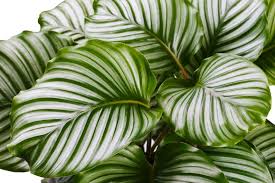
Calatheas are prized for their striking, patterned leaves and are completely safe for pets. With varieties like the Calathea Medallion or Rattlesnake Plant, their foliage features vibrant greens, purples, and silvers that can complement any décor. These plants prefer low to medium light and high humidity, making them ideal for bathrooms or kitchens. Keep the soil damp but not overly wet.
Ponytail Palm (Beaucarnea recurvata)
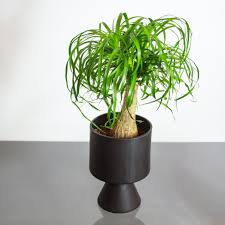
Despite its name, the ponytail palm is actually a succulent, and its thick trunk stores water—perfect for forgetful waterers. It features long, curly leaves that resemble a ponytail, and it’s a great addition to minimalist or modern interiors. Completely safe for pets, this plant prefers bright light and only occasional watering.
Peperomia (Peperomia spp.)
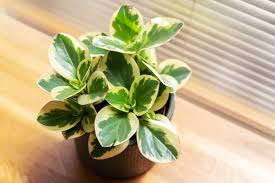
Peperomia plants come in many varieties, each with distinct colors and leaf shapes. They’re small, easy to maintain, and ideal for shelves or desks. Non-toxic to pets, peperomias don’t need frequent watering and do well in medium to bright indirect light. Their rubbery leaves retain moisture, so they are drought-tolerant and forgiving if you forget a watering or two.
Prayer Plant (Maranta leuconeura)
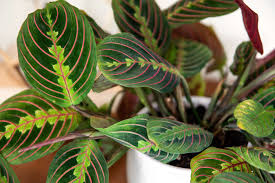
The prayer plant gets its name from the way its leaves fold upward at night, resembling praying hands. Its beautiful red veins and deep green patterns make it a decorative favorite. Safe for both dogs and cats, the prayer plant thrives in low to medium light and needs moist, well-draining soil. It also appreciates higher humidity levels.
Boston Fern (Nephrolepis exaltata)
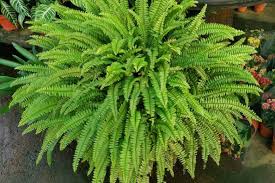
Boston ferns are classic houseplants known for their feathery, arching fronds. They are great for hanging baskets and add a touch of softness to any room. Boston ferns are safe for pets but do require more attention when it comes to humidity and moisture. They thrive in indirect light and like consistently damp soil and humid air.
When choosing houseplants for a pet-friendly home, it’s essential to consider both aesthetics and safety. Always double-check the safety of a plant before purchasing by referencing reliable sources such as the ASPCA’s list of toxic and non-toxic plants. With options like spider plants, calatheas, and ponytail palms, you can create a lush, stylish indoor garden without compromising your pet’s health. Whether you’re new to indoor gardening or an experienced plant parent, there’s a wide variety of pet-safe greenery to suit your space and lifestyle. Your pets, your plants, and your peace of mind can all thrive together in harmony.
Search
Categories
Recent posts
Tags
- a louer
- affordable apartments Toronto
- affordable housing
- affordable housing solutions Canada
- Air Filters
- air quality
- apartment
- apartment close to public transport
- apartment for rent
- apartment for rent montreal
- apartment for rent Toronto
- apartment insurance
- appartement
- appliances
- ARTICLE
- available for rent
- background check
- bacteria
- best city to live in canada
- best healthcare
- bicycle
- bicycle path
- bike lane
- bike path
- bikes
- bill 16
- burglar
- buy a house
- buying a house
- carbon monoxide detector
- cars
- centris
- city
- cleaning
- cleaning products
- cleaning wood floors
- closet
- closet space
- clothing organizer
- compact rental units
- condo
- condo association laws
- condo fees
- condo for rent
- condo insurance
- construction budget
- construction contractors
- construction cost
- credit check
- decorating room
- digital transaction
- door lock
- doors
- downtown micro apartments
- electricity
- employment verification
- energy consumption
- energy cost
- energy saving
- engineered hardwood
- fire alarm
- fire detector
- fire extinguisher
- floor
- flooring
- for rent
- For rent in Montreal
- For rent in Toronto
- For rent in Vancouver
- for sale
- furniture
- gas
- healthy candles
- healthy lifestyle
- home
- house
- house for rent
- house for sale
- house garden
- house insurance
- house locks
- house plants
- immigrant
- importance of water leak detector
- indoor plants
- insurance
- intergenerational home
- intergenerational living
- interior designer
- investment
- landlord
- lease
- lease responsibility
- long term care facility
- low crime
- mattress
- micro-apartments Vancouver
- micro-units Toronto
- mls
- move to canada
- moving company
- Moving to canada
- moving truck
- multigenerational home
- multiplex
- nano-suites
- nano-suites Toronto
- new apartment
- new color
- oil
- old age home
- online house purchase
- Ontario
- paint colors
- passive income
- pet friendly apartment
- pet friendly plants
- planning for vacation
- plants
- porcelain tile
- property
- questions for apartment rental
- real estate
- real estate agent
- real estate broker
- real estate online
- real estate transaction
- realtor
- renal history
- rent
- rent an apartment
- rent control
- rent obligations
- rental
- rental board
- rental scam
- renting
- residential income
- residential lease
- residential rental
- revenue property
- safe area
- safe candle in apartment
- safe candle in house
- safe candles
- safety
- scam
- security
- sell a house
- seniors residence
- small apartments Vancouver
- smoke detector
- social media and real estate
- soy candle
- soy candles made with essential oils
- storage space
- student apartment
- student housing
- tenant
- tiny rentals Canada
- traffic
- trending color
- trending paint
- university student rental
- ventilation
- vinyl floor
- water alarm
- water damage
- water leak detector
- window frame
- window manufacturer
- windows
- wood floors
